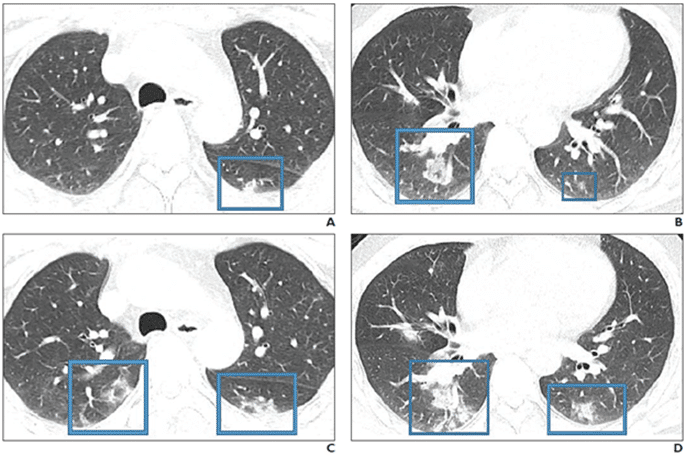Global Health, Health Care Workers / 27.01.2025
Adapting to Global Trends for a Thriving Career in Healthcare
The healthcare industry is in a state of constant transformation, driven by global trends such as an aging population, increased accessibility to care, and advances in medical knowledge. Professionals in the field are finding themselves at a crossroads where adapting to these changes is no longer optional but essential. Careers in healthcare have expanded beyond traditional roles, and there is now a demand for those who can balance expertise with innovation to meet the needs of diverse populations.
Adapting to global trends is about staying ahead of the curve and aligning skills with new expectations. Healthcare professionals who prioritize continuous learning, implement new practices, and expand their expertise are better equipped to thrive in this evolving landscape. Whether it’s adopting holistic practices or understanding workforce dynamics, staying informed and flexible is key to success.
Let’s explore more on this below:
Focusing on Family Health to Meet Growing Needs
Family health is a cornerstone of global healthcare, and its importance continues to grow as populations age and chronic conditions become more prevalent. Conditions like diabetes, hypertension, and cardiovascular diseases are rising and often affect multiple generations within a family, requiring coordinated care that meets the needs of both individuals and their broader support systems. Family Nurse Practitioners (FNPs) play a pivotal role in delivering comprehensive care that spans generations. From managing common illnesses to providing preventative care, FNPs help families navigate a range of health concerns. With increasing demand for accessible and personalized healthcare, the FNP role has never been more critical.
Professionals seeking to advance in this field can benefit from programs like a 12 month FNP program online. These programs offer a practical path for healthcare workers to gain the necessary skills without pausing their current careers. Online education allows flexibility while equipping FNPs with the expertise to provide patient-centered care, manage chronic conditions, and promote preventative health. As family health needs continue to expand globally, those trained in FNP roles are positioned to make meaningful contributions to their communities and beyond. (more…)






























